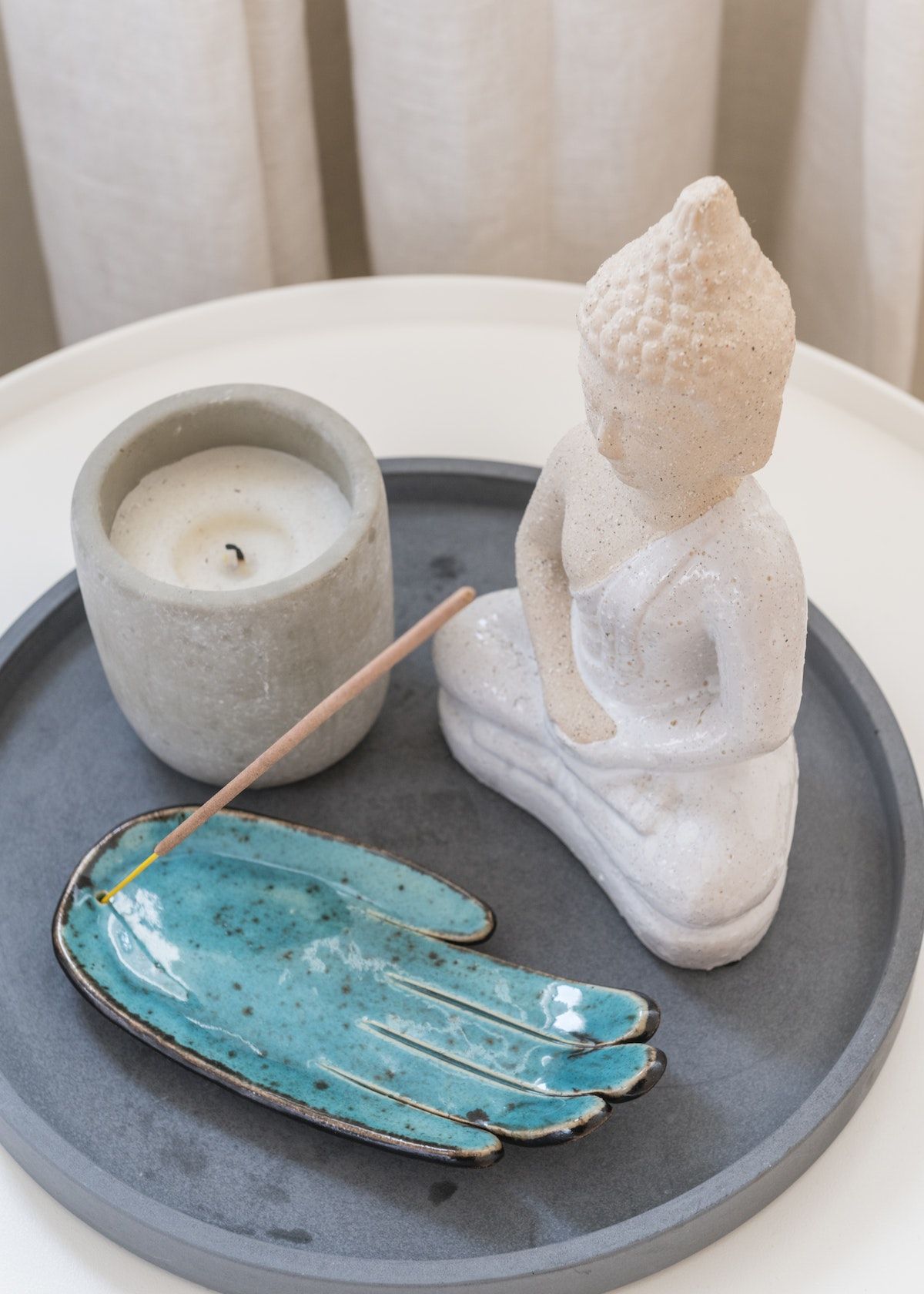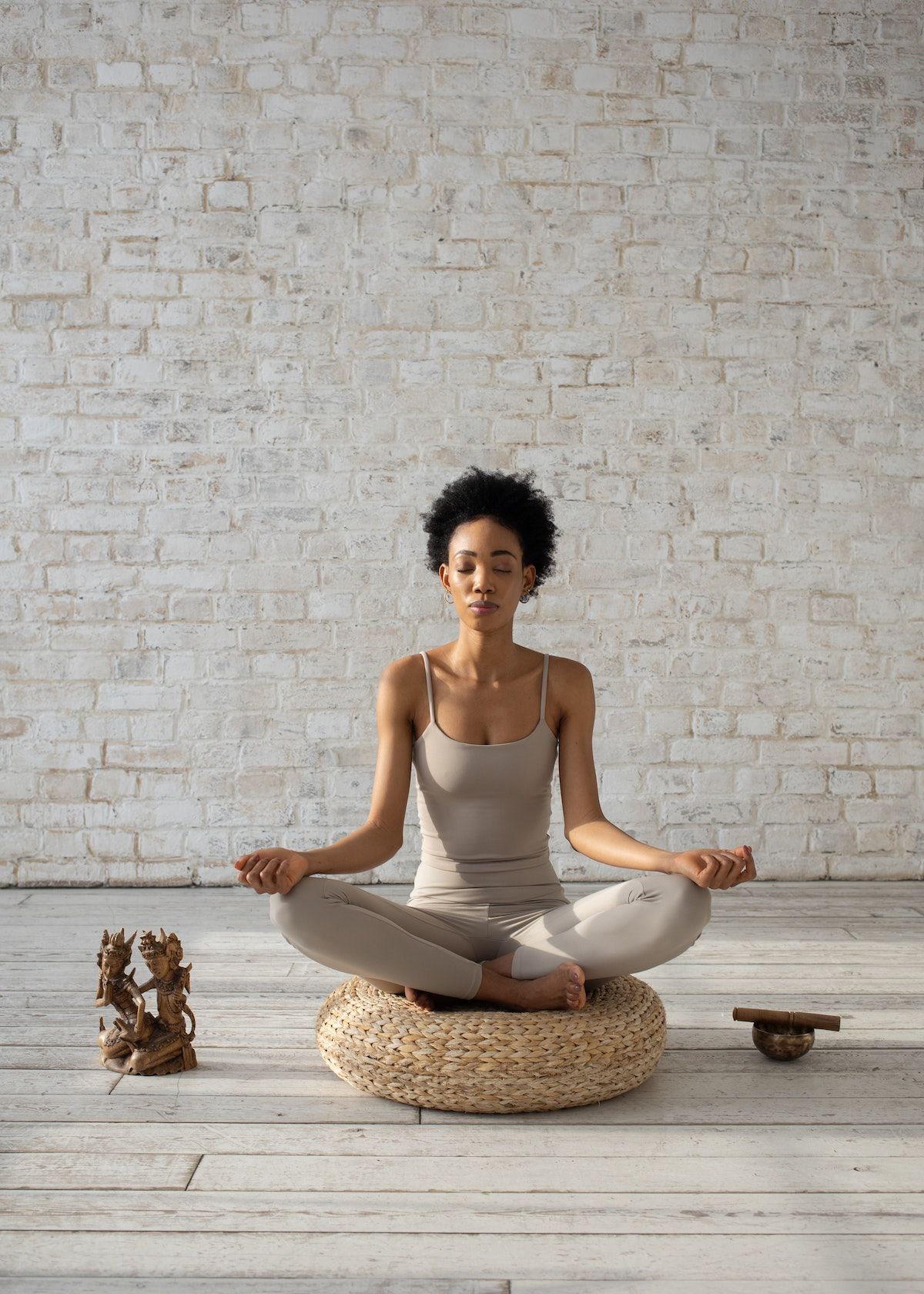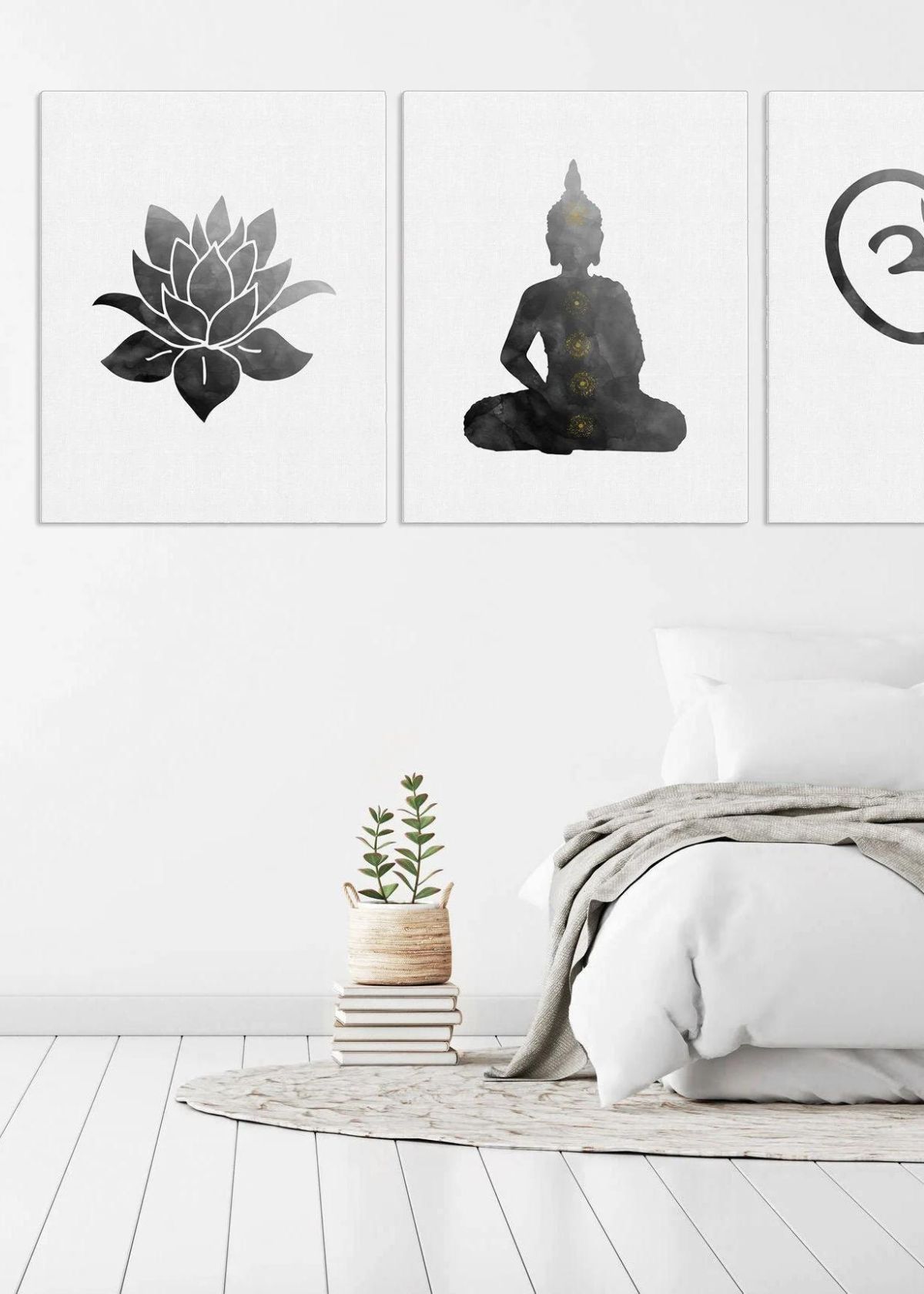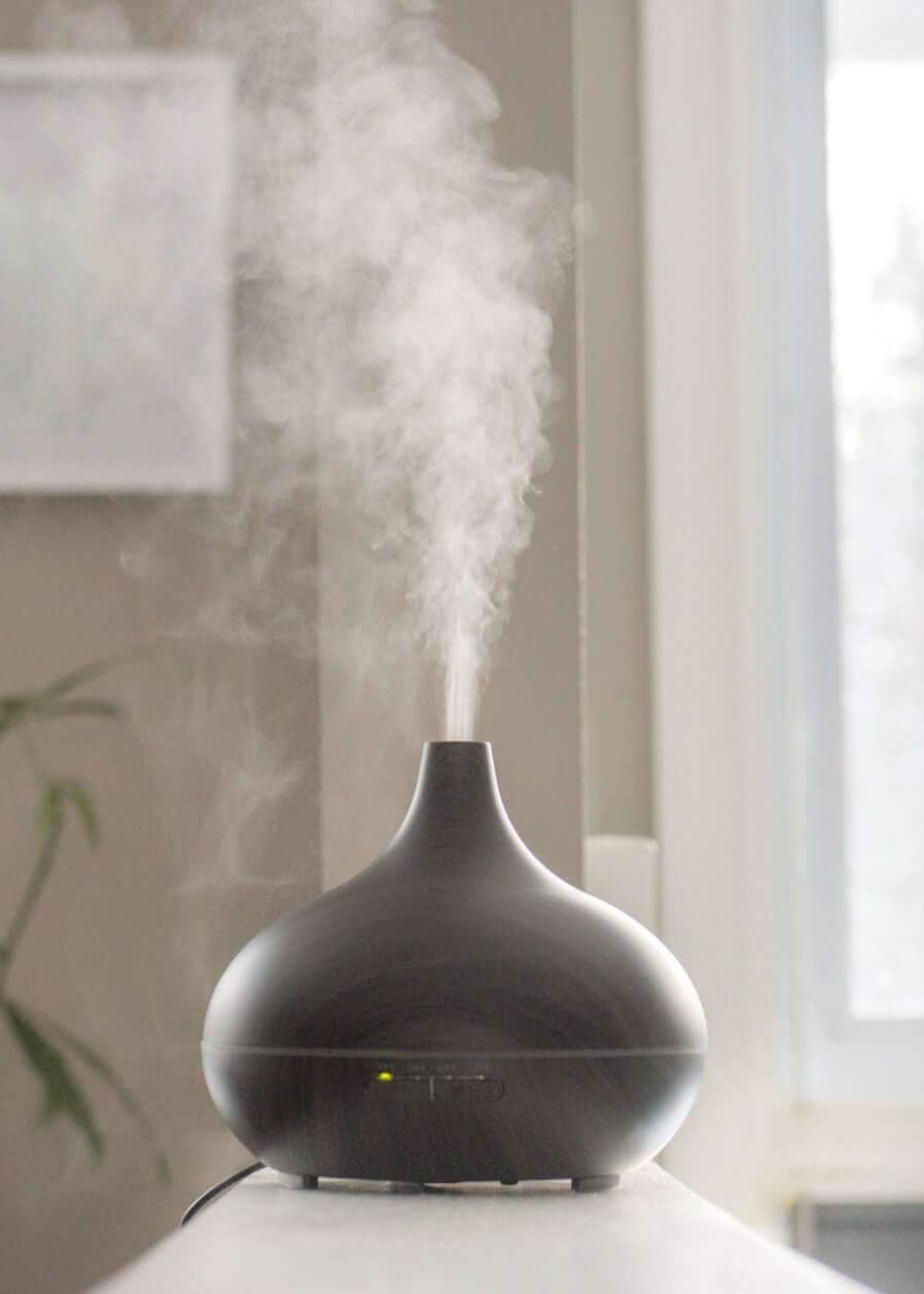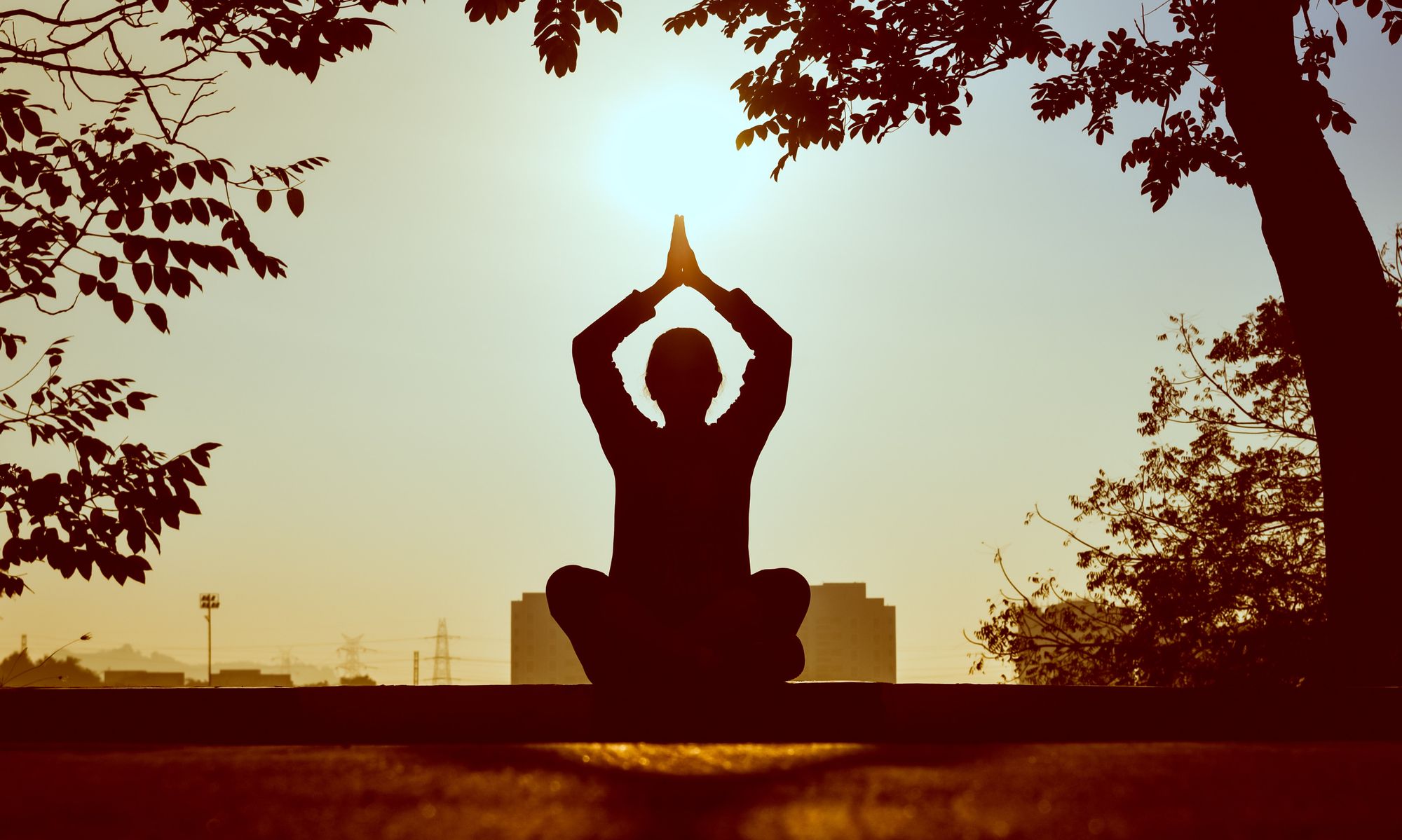The moment we utter the word “meditation,” there are all kinds of misconceptions about it. First of all the English word “meditation” doesn’t mean anything in the sense. If you close your eyes and sit, in English we call it “meditation.” You can sit with your eyes closed and do many things. Or you might have just mastered the art of sleeping in vertical postures!
So meditation means a process of turning inward.
The word meditation comes from two Latin words: meditari, meaning “to think, contemplate, devise, plan,” and mederi, meaning “to heal.” Its Sanskrit root is dhyai, which means to ponder or reflect upon. So meditation is really a process of turning inward in order to know oneself more deeply.
The history of meditation is as old as the history of man. It is difficult to determine when meditation began, but it is safe to say that it has been around for thousands of years. The earliest references to meditation are found in the Vedas, which are the ancient sacred texts of India. In these texts, meditation is referred to as a way to still the mind and experience inner peace.
Meditation is also found in other ancient cultures, such as China, Japan, and Tibet. In each culture, meditation has been used as a way to connect with the divine or the higher self.
Today, meditation is practiced by people of all faiths and from all walks of life. It is an effective way to reduce stress, improve mental and physical health, and find inner peace.
If you’re new to meditation, there are a few things you should know. First, there is no “right” way to meditate. There are many different techniques that can be effective. The key is to find a method that works for you and to be patient as you learn how to meditate.
Second, it’s important to create a regular practice. Meditation is like any other skill – the more you do it, the better you will become at it. Try to meditate for at least 10 minutes each day. If you can, find a quiet place where you can sit or lie down comfortably and won’t be interrupted.
Finally, don’t worry if you can’t “clear your mind.” Thoughts will inevitably arise during meditation, but the goal is not to get rid of them. Instead, simply observe your thoughts and let them go. With time and practice, you will find it easier to focus on your breath and let go of distractions.
Meditation can be a helpful tool for managing stress and anxiety. Give it a try and see how it works for you!
If you find it difficult to meditate on your own, there are many resources available to help you get started. Apps offer guided meditation instructions and exercises, and there are also plenty of meditation podcasts and videos available online.
Once you find a method that works for you, stick with it and be patient—with time and practice, you will be able to develop a regular meditation practice that can help you find peace and calm in your everyday life.
Thanks for reading!


